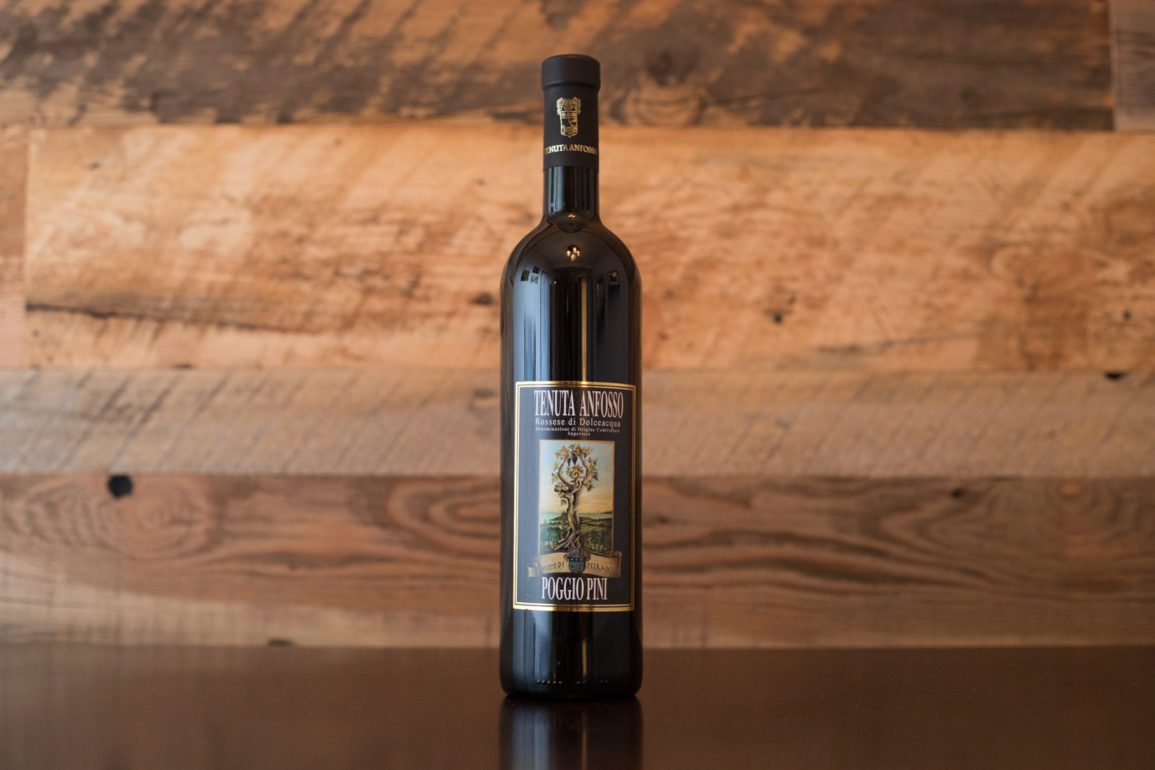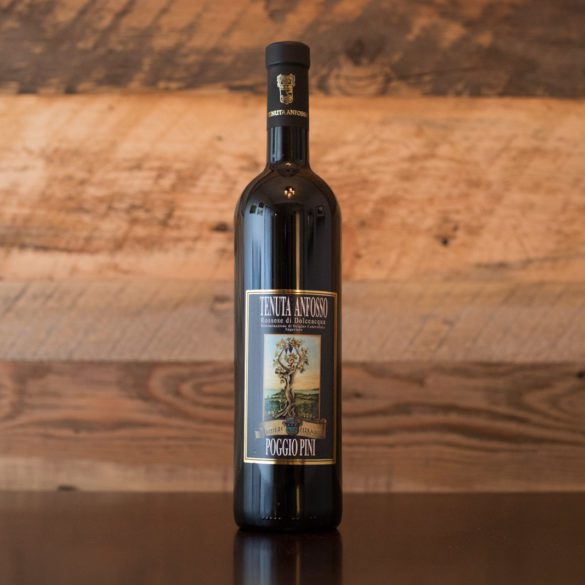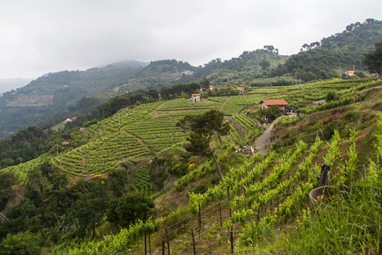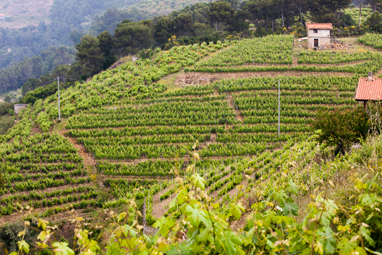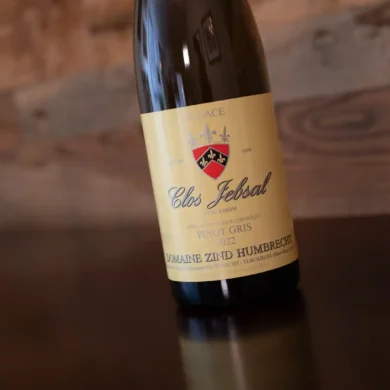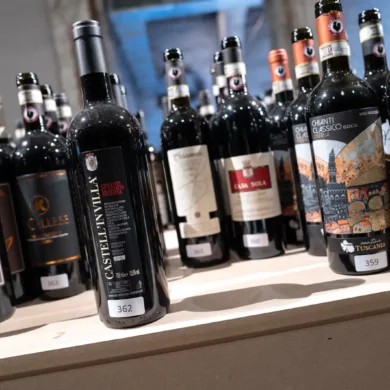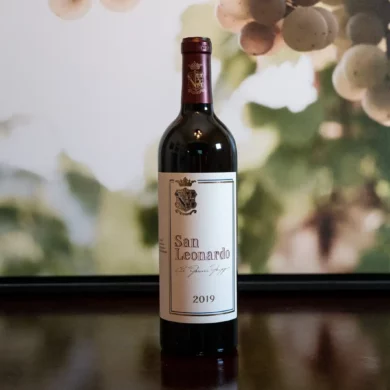“This is thrilling,” my notes read from a night a few weeks ago when I tasted Tenuta Anfosso’s “Poggio Pini” Rossese di Dolceacqua. “Reminiscent of Pinot Noir from Burgundy; light yet brooding, too.”
For a wine geek like me, this was a promising start. Yet it was the unique Earl Grey quality to Poggio Pini’s punch that had me resigned. I couldn’t quite triangulate the Rossese grape for the article I had planned. At least not from a distance. I’d need to go there someday (Liguria, that is) to sort it out.
Allow me back up. As an ardent fan of heroic viticulture (the phrase used for winemaking done from vineyards in improbable and difficult places), I had been drawn to Rossese a couple years ago because most of its vineyards qualify. In Liguria — the crescent shaped region that hugs the Italian Riviera but also includes rugged coastal mountains — Rossese clings to steep mountain sides, especially in the Dolceacqua area, where many of the vines are ancient holdouts from another era. In other words, my kind of story.
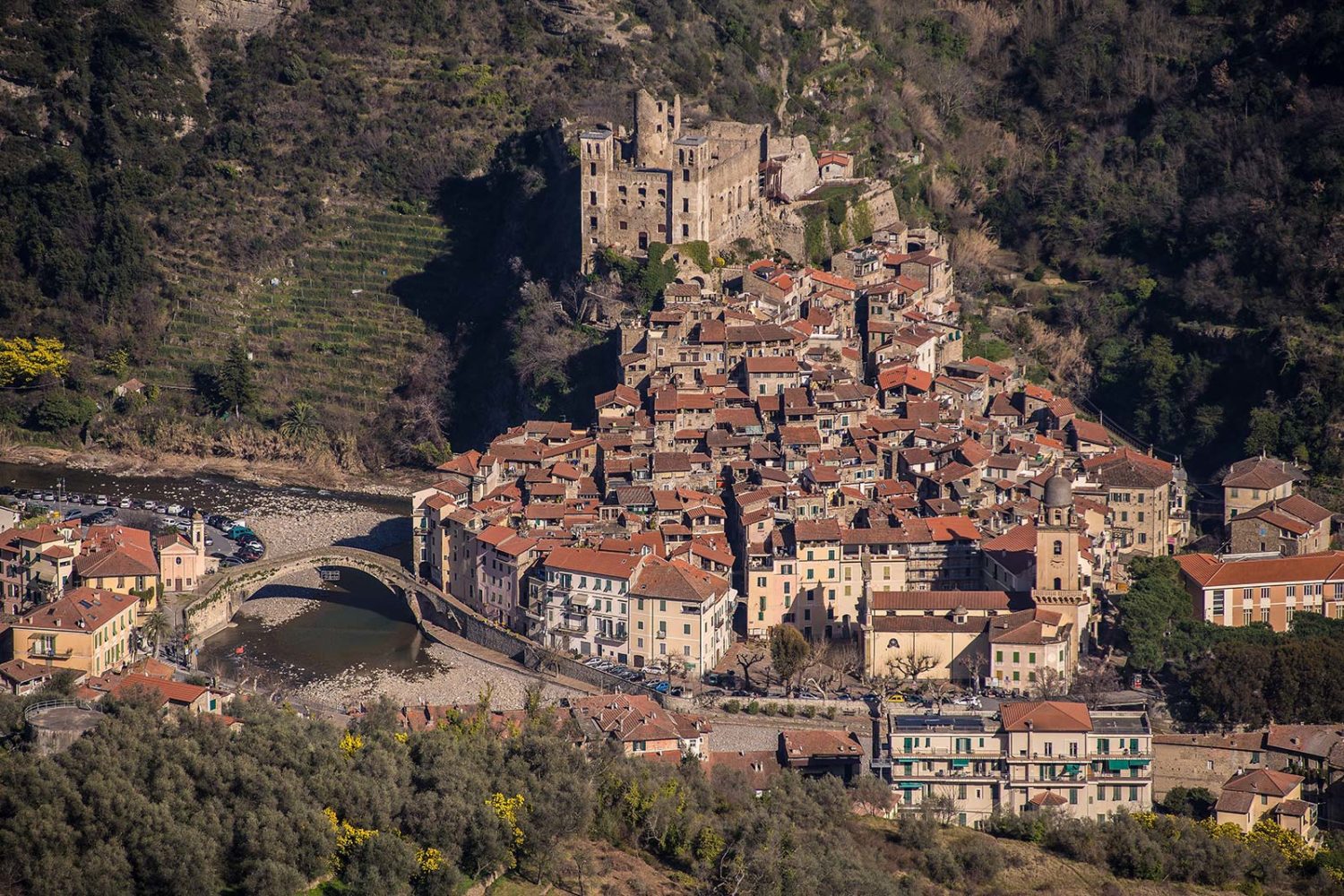
Grounded by the pandemic and seeking stories I could write at a distance, I devised a long-form article on Rossese and its French counterpart, Tibouren. I set my sights on a few bottles, but most eagerly hunted down this wine from Tenuta Anfosso, a winery dating back to 1888 in the mountains of Liguria.
Yet every wine I tasted for the article spoke more of differences than commonality. Clos Cibonne’s idiosyncratic rosé wines from Tibouren were as much about process and terroir as they were grape variety. Their red version included a little punching up from Grenache, too. I faired no better back in Italy, where the grape is more common. Pisano Danila’s “Località Savoia” was so light it demanded a chill, while Punta Crena’s “Vignette Isasco” was so floral, I could only liken it to some sort of red Gewürztraminer.
Rossese was proving to be all over the map.
Most stunning of all, however, was Tenuta Anfosso’s “Poggio Pini” — the most potent and serious of the wines I sampled. Some of its detail comes from whole-cluster fermentation, a technique that is used on 50% of the wine. In this process, grapes are not de-stemmed before crushing and extraction, so the wine is infused with the flavor of the stems as well. (Think of a tea bag staining your tea water).
Now, like the grape’s berries, stems also need to be ripe for this process to work properly. Green stems lend a more vegetal tone, but lignified stems, which have turned brown, add spice and tannin. I mention tea because that is often how whole-cluster comes across on the palate: a texture and aroma akin to black tea. “Poggio Pini” has that kind of grip, and given all the other Rossese/Tibouren red wines I tasted showed little in the way of tannin — and noting that the wine spends zero time in oak — one can clearly notice this technique at work.
But there is more than just spice to account for. The vines offering “Poggio Pini” its fruit are ancient, dating back to when the estate was founded in 1888. The complexity one would hope for from such vines is there in spades: the berry-like fruit alone was suggestive on many levels (i.e. Are you red currant or pomegranate? Strawberry or raspberry?). That Burgundy thought that entered my head during tasting was largely due to the complexity at work here, but also because the wine — like a great Pinot Noir from the Côte d’Or — had a lightness to the finish. Rather than being bruised by its punches, I felt as though I’d simply inhaled fresh air.
That alone was enough to pour another glass.
Be sure to check out another review I’m publishing today, on Tenuta Anfosso’s white wine, “Antea.”
2016 Tenuta Anfosso “Poggio Pini” Rossese di Dolceacqua
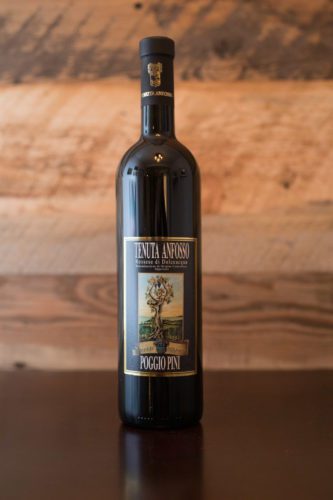 Rossese di Dolceacqua DOC (Liguria)
Rossese di Dolceacqua DOC (Liguria)
Grapes: Rossese (100%)
Alcohol: 14%
Opinion: ★★★★ 3/4 (out of five)
Food-friendliness: Versatile
Value: As expected
A beginner might like … being transported to something new. For all the Pinot Noir comparisons I just laid out, this wine will likely strike you very differently on account of the tart, floral red fruits that are a unique Rossese trait.
A wine obsessive might like … examining the spice element lent to this wine by the portion of whole-cluster Rossese. But also, diving into a realm of fine wine that is often overlooked: Liguria. To the north is Piedmont, and to the west, Provence. Both places can command attention because of their quality and quantity, which Liguria simply can’t match, especially on the latter front. But several small estates in Liguria (most especially Tenuta Anfosso) are offering the world what it wants right now: distinctive, flavorful wines that are impossible to replicate elsewhere. It’s high time we pay attention.
Note: This wine was provided as a sample by the importer upon a detailed story-pitch request. Learn more about our editorial policy.

